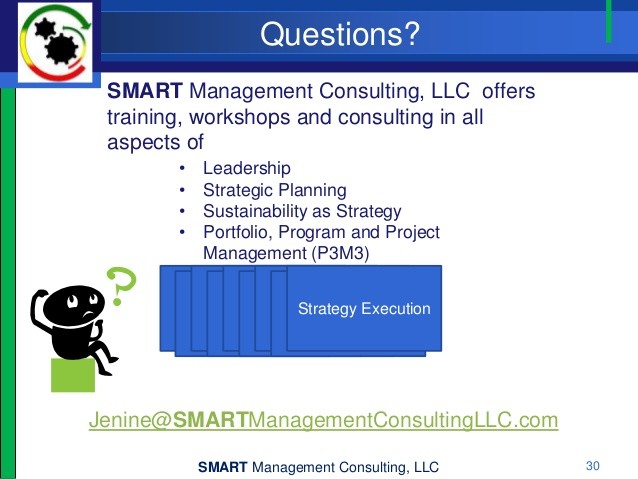Five rules for measuring portfolio performance
Post on: 16 Март, 2015 No Comment

Article date: Jan 26 2011
A new year offer a time to reflect on the past year, but evaluating investment performance can be complicated. What questions should investors ask of their investment managers?
A systematic evaluation clears up the misperception that it doesn’t matter how they invest the money. Money might not be earning what it should, particularly for the risks involved. Investors could even blame the investment vehicle — “IRA’s never earn anything” — when it’s actually the investments in the IRA that are at fault and, consequently, investors aren’t saving enough for retirement.
An investment advisor is in the best position to provide performance data. But not every advisor has systems in place to provide accurate return data. Calculating performance yourself can be difficult and finding an appropriate benchmark to gauge performance is crucial.
Investors should separate “growth money” from “safe money.” Having the two types of money invested in the same account makes it extremely difficult to find an appropriate benchmark. In this instance, having two accounts offers a more simple approach than combining two types of money into a single account.
Ask if your advisor can provide a “time-weighted” portfolio return calculation. By using a time-weighted return, fluctuations that have nothing to do with portfolio picks can be eliminated from the evaluation.
For example, if an investor decides to add money to his or her account at the market bottom, this additional money invested at the optimal moment will skew portfolio returns upward. Portfolio investments could be lagging the market, but the timing of the additional money might result in above-average returns.
By using a “time-weighted” measurement, which is the industry standard for periods longer than three months, distortions from contributions and withdrawals will be reduced or eliminated.
Ask for performance measurement over various time periods. Large institutional investors typically receive returns for the most recent three months, year-to-date, 12 months, three-year and five-year time periods.

Every manager — except Bernie Madoff — has good and bad quarters. Hopefully, your advisor knows enough about the portfolio to be able to explain why portfolios underperformed for a quarter or even a year. Underperforming over longer time periods, however, should probably receive less sympathy.
Beware of backward-looking returns on a portfolio you didn’t own. During the portfolio review process and especially during a new proposal process, many managers will pick a group of funds or managers with outstanding five-year track records and show clients and prospects the record for that group of managers, even if clients didn’t own that collection of managers in the past. While brokers are free to use this method of showing performance, many fiduciaries believe this technique breaches legal and ethical standards.
Investing requires common sense disciplines, not secret formulas. Investors should ask their advisors how they achieved the returns they did. The professional term for this is “performance attribution.” If investors achieved outsized returns because their portfolio was leveraged with “margin” (borrowed money), this should raise a red flag for conservative investors. If advisors can’t or won’t explain how portfolio returns were achieved, it’s probably an indication they have no idea. If they try to bluff their way through the question or resort to touting proprietary techniques, that could raise another red flag for investors. Madoff refused to explain his black box to investors, and the smart ones refused to invest with him because of it.
By applying these five rules, investors will learn more about how their portfolios are invested and become better able to evaluate whether or not their advisors are adding value above and beyond the fees they charge. (You do know how much they’re getting paid. Right?) With this knowledge, you can move into the new year confident of the strategies employed on your behalf and with a better understanding of the risks involved with helping you achieve your retirement goals.














